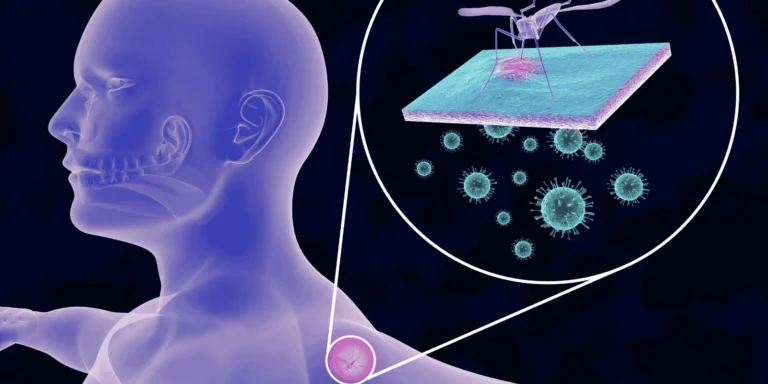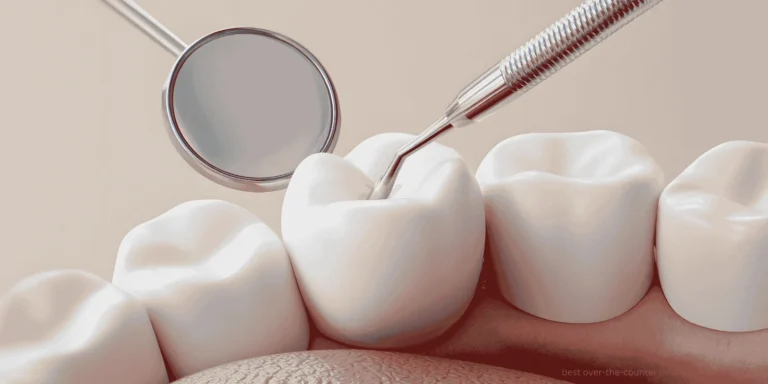Tonsils can enlarge for many reasons, but most cases don’t require surgery. After decades of practice, I’ve learned that the decision to remove tonsils depends more on how they’re affecting your life than their actual size.
When surgery becomes necessary:
Sleep apnea is the most common reason we recommend tonsillectomy in adults and kids. When enlarged tonsils block the airway during sleep, breathing stops repeatedly throughout the night. This isn’t just about snoring – it’s dangerous. Poor sleep affects everything from heart health to school performance.
Signs of sleep apnea include loud snoring, gasping during sleep, daytime fatigue, morning headaches, and difficulty concentrating. Kids might become hyperactive rather than tired because their bodies fight the sleep disruption.
Recurrent tonsillitis means frequent infections that keep coming back. The general guideline is 7 or more infections in one year, 5 per year for two consecutive years, or 3 per year for three consecutive years. At that point, removing the tonsils often causes less disruption than constant infections.
Difficulty swallowing happens when tonsils get so large they physically block the throat. Some patients can’t eat solid foods comfortably or have trouble swallowing pills. Kids might refuse certain foods or lose weight because eating becomes too difficult.
Abscess formation around the tonsils (peritonsillar abscess) can recur even after drainage. If you’ve had multiple abscesses, removing the tonsils prevents future episodes.
Asymmetric enlargement – when one tonsil is significantly larger than the other – sometimes requires evaluation to rule out more serious problems.
What size means:
Doctors grade tonsil size from 1+ to 4+. But here’s what matters – I’ve seen 4+ tonsils that cause zero problems and 2+ tonsils that create major sleep issues. Position and individual anatomy matter as much as raw size.
Age considerations:
Kids’ tonsils naturally enlarge between ages 3-7, then typically shrink by adolescence. We’re more hesitant to remove tonsils in very young children unless there’s clear sleep disruption or severe recurrent infections.
Adults face longer recovery from tonsillectomy – usually 2 weeks of significant throat pain compared to about a week for kids. But adult tonsils don’t typically shrink on their own like children’s do.
Non-surgical options first:
Before surgery, we try managing infections with antibiotics, treating allergies that might cause enlargement, and addressing acid reflux that can inflame tonsils. Many cases improve without surgery.
Recovery realities:
Tonsillectomy recovery hurts – there’s no sugar-coating it. Expect significant throat pain, difficulty eating, and potential bleeding risks for about two weeks. Most people need pain medication and time off work or school.
If enlarged tonsils are causing recurrent infections, ChatRx can help treat individual episodes and track infection frequency to determine if surgical consultation might be appropriate.













